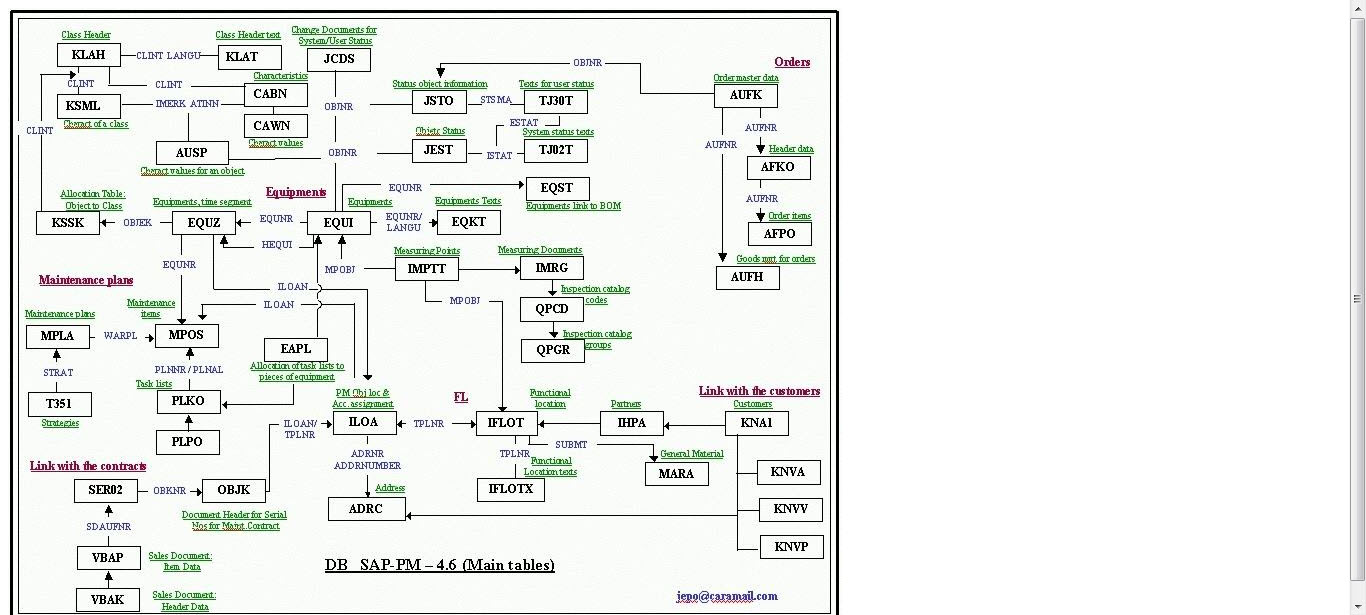With all my recent interest in privacy, one of the hopes and dreams I wanted blockchain to provide was the ultimate identifcation. The magic, all in one application that can log me into anything, but only give it the bare bones amount of data that I am willing to share. I’ve been doing a lot more reading on blockchain, privacy, machine learning and all these other fun converging technologies. All of them have the potential to make life much better or much worse for us. The truth, like most things, lies somewhere in between. I read this article a few days ago and it gives a pretty good perspective on just how much data is being collected.
All Your Data R Belong to Us by Ionut Ciobotaru
Now keep in mind, all every article you read will always have it’s bias and it’s own spin, but if you start to read enough different pieces, you can start to piece together the facts from the opinions. for example, this article discusses the same thing (mostly) from a perspective of healthcare:
Why do we need data sovereignty in healthcare? by PCL Health
Now, this is an area of particular interest for me. I am very much an advocate of keeping my data private… but when it comes to health and wellness, this is an area where I’m inclined to be more generous with my data. To the point of even giving it away. After listening to podcasts and reading article of the miraculous things that machine learning could do for our medical system, if only it had labeled data to work with, really leads me to believe my goal of living to 150 is quite possible. But like everything, we need all of the systems speaking the same language (preferably cataloging data into the same format etc.). If that started to happen, we could really help our MD’s focus on the big problems, rather than the tedious looking at something and performing routine tests. The whole skin cancer app that was created by Sebastion Thrun is a great example of that. If an IPhone app can do that with better accuracy than a doctor with the current datasets, what happens if we give it more and better data?
Of course, we have the flip side of this… if you give too much data, does that give insurance companies reason not to cover you? how can be altuistic, without hanging yourself out to dry??? My hope is the SSI (or self sovereign ID). Take a look at this article if you’d like to understand more of what it currently is…
https://tykn.tech/self-sovereign-identity/
Now, keep in mind… this is just one iteration. What if we could really have an app that exchanged the data needed (for example, buying alcohol and it could show proof that I’m over 21… it doesn’t need to know I’m much older… just that I meet the threshold). Now, start moving that into the voting arena. What if you could prove you are a valid voter just with a social security card (at least at the federal level) and what if I could prove that I’m alive, and that I live in a certain county. That suddenly opens me up to everything. it doesn’t care if my residence is at a homeless shelter, a house boat, or an apartment downtown. It doesn’t need to know. it just needs to prove that this ID is voting exactly one time… and only for one area. Pretty cool, I think.
This is really an area I would like to contribute to. So if anyone knows of ways that I could either get involved with a company working on this, or looking for beta testers, let me know. I know, this also has the power to be abused… but if you can hide your details and only show what you need to show, it feels like this is a great way to start taking back our own data, and keeping the government and corporations out of all our details. (at least eventually… every little bit helps, given they already have the keys to the kingdom, we need to start taking it back in any way we can).
Thanks for reading,
Piehl

